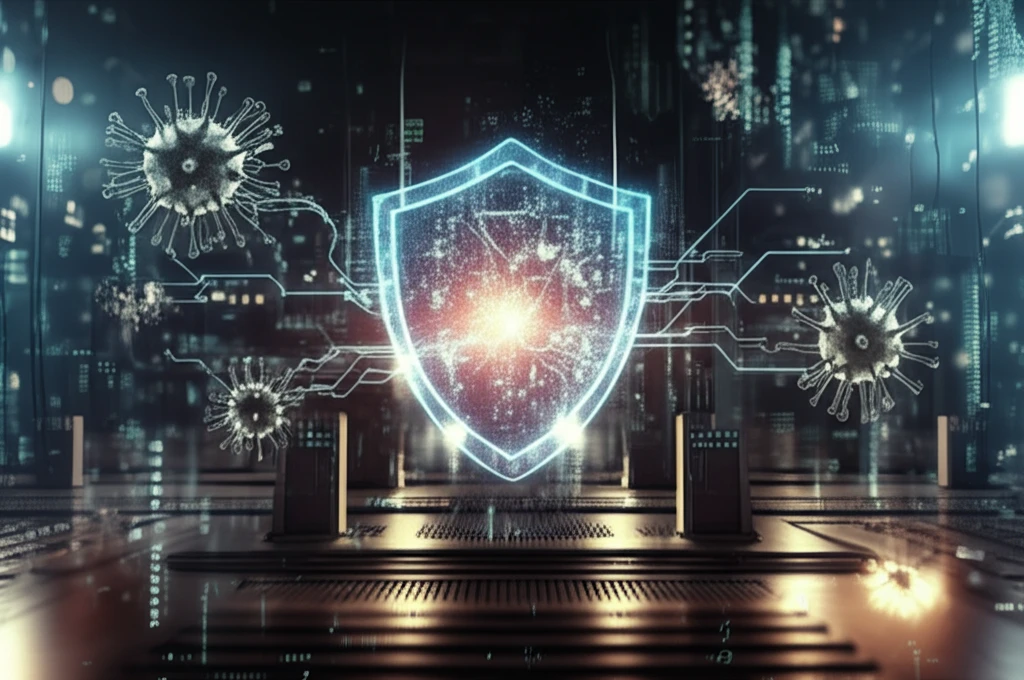
Smart Grids Under Attack: How to Keep Our Power On
"Discover how researchers are developing fault-tolerant control systems to protect our energy grids from cyber threats and sensor failures."
The vision of a smart grid hinges on smoothly integrating renewable energy sources into our existing power networks. Microgrids, which combine distributed energy resources (DERs), storage, and local loads, are a key part of this vision. They promise greater efficiency and reliability, but ensuring they operate without hiccups is still a major challenge, particularly when connected to the main grid.
In grid-connected mode, microgrids constantly exchange power with the main grid. To manage this two-way flow effectively, advanced control strategies are essential. These controls must ensure that power is delivered reliably and efficiently, even when unexpected issues arise. This is particularly important for DERs, like wind turbines and solar panels, which rely on power electronic converters to interface with the grid.
These converters, especially Voltage Source Converters (VSCs), need precise controllers to manage the power flow. But what happens when these controllers receive faulty information? Sensor malfunctions or, worse, cyberattacks can feed incorrect data to the VSC, leading to instability and potential grid-wide problems. That's why researchers are focusing on developing fault-tolerant control (FTC) systems that can detect and correct these errors in real-time.
Why Fault-Tolerant Control Systems Are Essential for Grid Stability

The accuracy of the data from voltage and current sensors is vital for microgrid controllers to function effectively. If sensors or data acquisition systems malfunction, or if cyberattacks manipulate this data, the balance of power can be disrupted, leading to uncontrolled microgrid operation and potentially impacting the main grid negatively. Detecting and mitigating these issues is therefore crucial for maintaining grid stability.
- CT and PT Errors: Errors in Current Transformers (CT) and Potential Transformers (PT) can lead to inaccurate measurements of voltage and current.
- Sensor and DAQ Device Malfunctions: Failures in sensors or Data Acquisition (DAQ) devices can corrupt the data being fed to the controllers.
- Cyberattacks: Malicious actors can manipulate sensor data, causing the system to operate based on false information.
A Path to More Secure and Reliable Smart Grids
The development and implementation of robust, fault-tolerant control systems is crucial for the future of smart grids. By addressing the vulnerabilities of sensor systems and incorporating advanced detection and correction mechanisms, we can ensure a more stable, secure, and efficient energy infrastructure. Further research and development in this area will pave the way for wider adoption of microgrids and a more resilient power grid for all.
